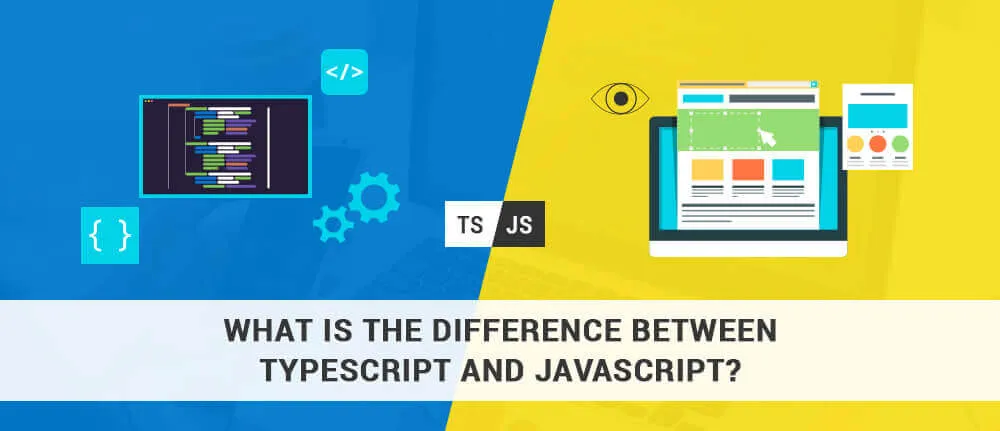How to Do Forecasting in Power BI (Steps & Accuracy Metrics)
Remember our last guide - Power BI forecasting? It revealed things that truly blocks accuracy, both structural and situational. Now it's time to take the next step. Knowing Power...
Listening is fun too.
Straighten your back and cherish with coffee - PLAY !

Typescript and JavaScript are two widely known languages in the Software development companies, but what are their differences and what use cases are better suited for one over the other? In this blog, we will have a look at both of these languages and understand how they relate to one another, discuss their primary differences, and outline the benefits of each.
JavaScript is a scripting language which helps you to create interactive web pages. It follows rules of client-side programming, so it runs in the user's web browser without the need of any resource forms the web server. You can also use Javascript with another technologies like REST APIs, XML and more.
The idea behind developing this script is to make it a complementary scripting language like Visual Basic was to C++ in Microsoft's language families. However, JavaScript is not designed for large complex applications. It was developed for applications with a few hundred lines of code.
Typescript is a modern age Javascript development language. It is a stagnantly compiled language to write clear and simple Javascript code. It can be run on Node.js or any other browsers which supports ECMAScript 3 or newer versions.
Typescript provides optional static typing, classes, and interface. For a large JavaScript project adopting Typescript can bring you more robust software and easily deployable with a regular JavaScript application.
Netscape Communications Corporation programmer Brendan Eich created Javascript. It was meant to working Netscape navigator. However, after becoming a popular scripting tool, it has become LiveScript. Later on, it was renamed as JavaScript to reflect Netscape's support of Java within its browser.
Let’s see an important landmark in the history of Javascript:
History of Typescript
It is an open-source programming language. It is designed by Anders Hejlsberg, designer of C# at Microsoft. It is licensed under Apache 2. We can call it a superset of Javascript. It is designed and developed especially for large application and Trans compile to Javascript. It means that Typescript is JavaScript with some extra loaded features.
Let’s see important landmarks from the History of Typescript:
Features of Javascript
Features of Typescript
In the end, we can say that if an experienced developer is working on relatively small coding projects, then JavaScript is ideal which is used by many Custom software development Companies. However, if you have knowledge and expertise development team, then Typescript is a most preferred option.

Remember our last guide - Power BI forecasting? It revealed things that truly blocks accuracy, both structural and situational. Now it's time to take the next step. Knowing Power...

It's amazing to see how Data teams today are racing ahead - moving from traditional warehouses to cloud-native platforms, lakehouses, and real-time architectures. But in this rush,...

Think about the last time CTOs spent most of their time fixing old systems. Updates were slow, servers were expensive, and adding new features took time. Now, things have changed....